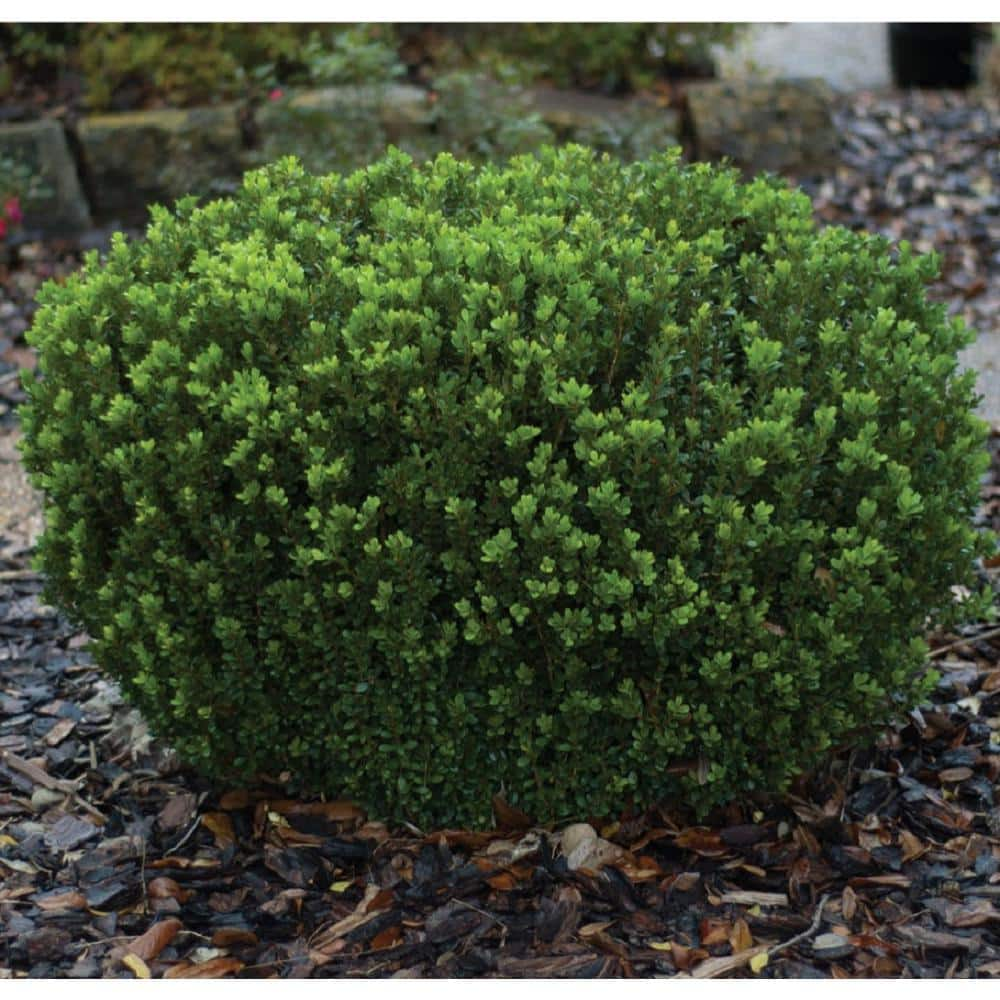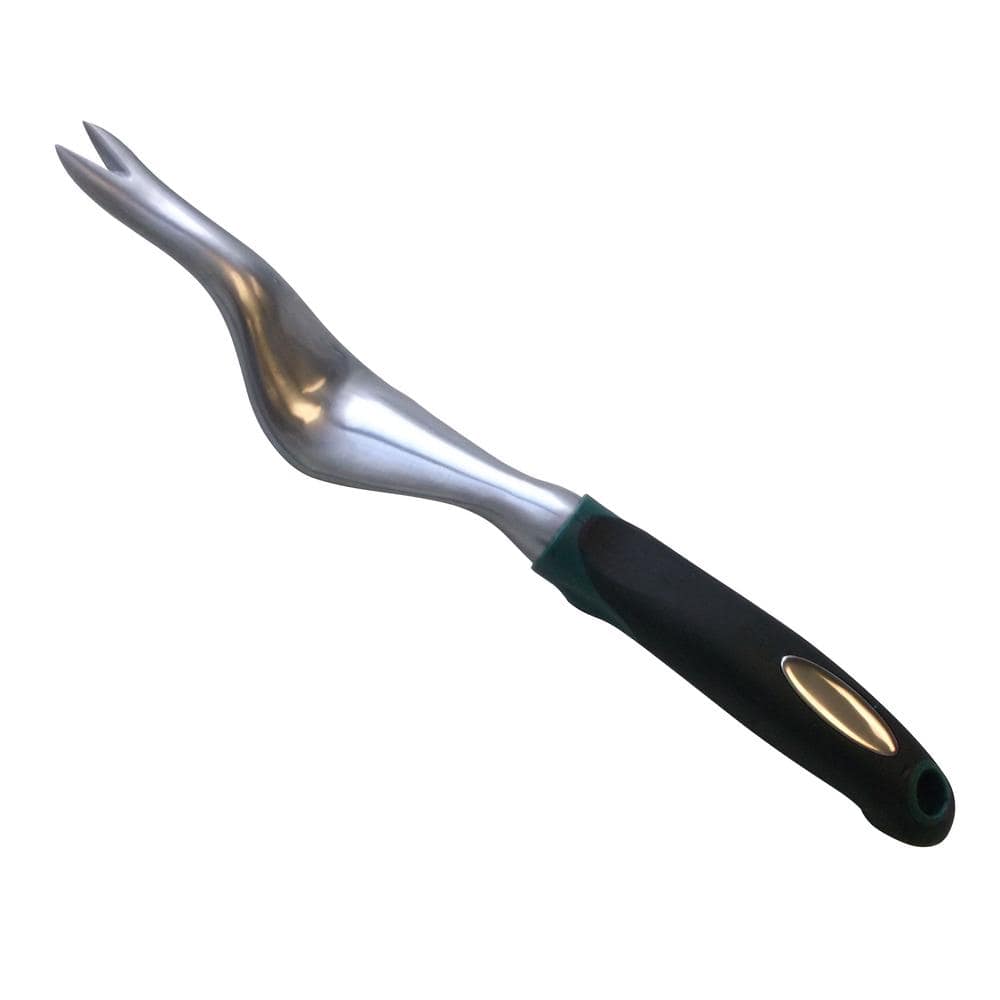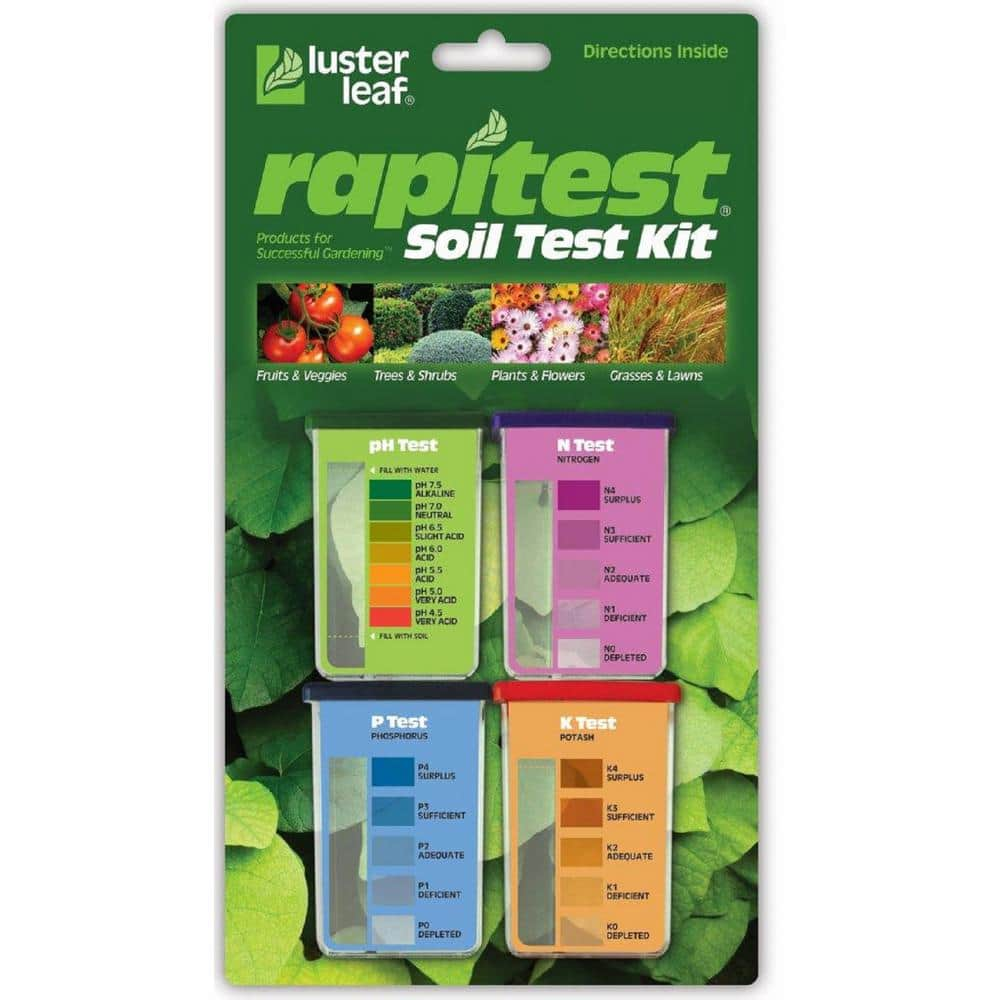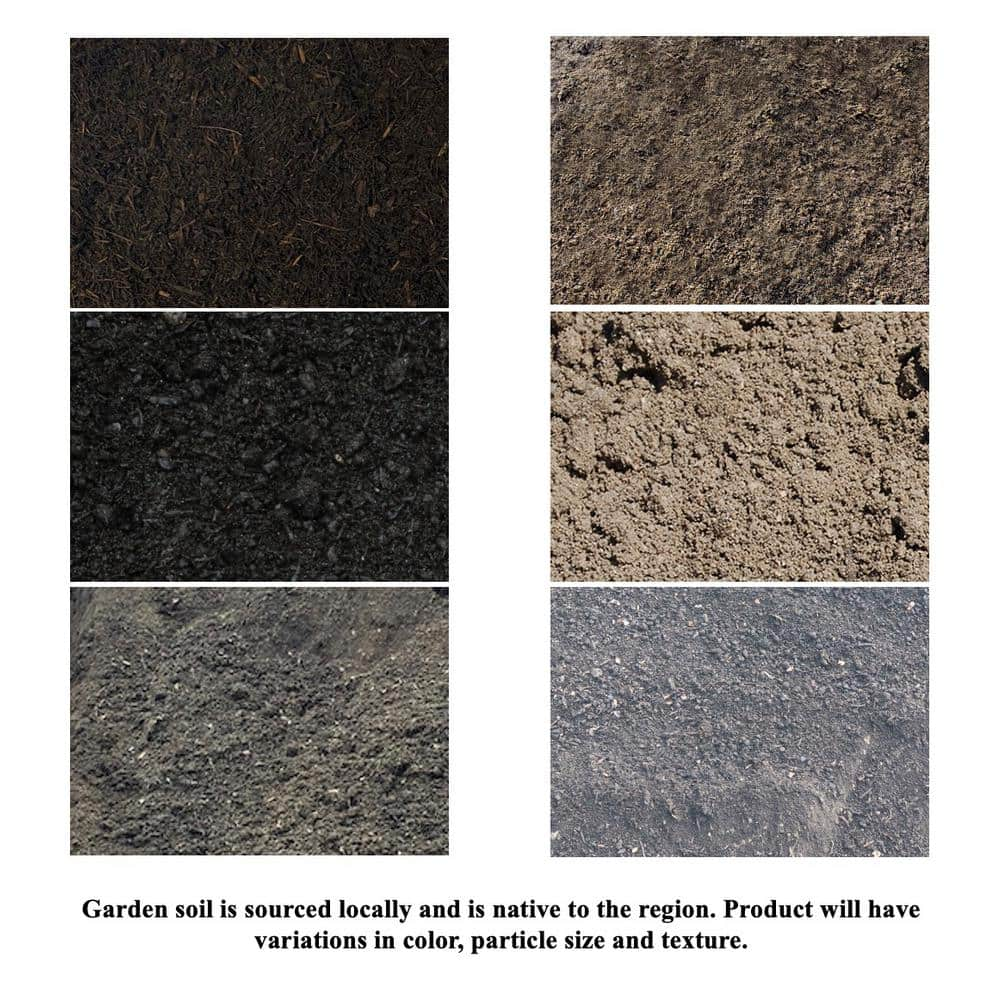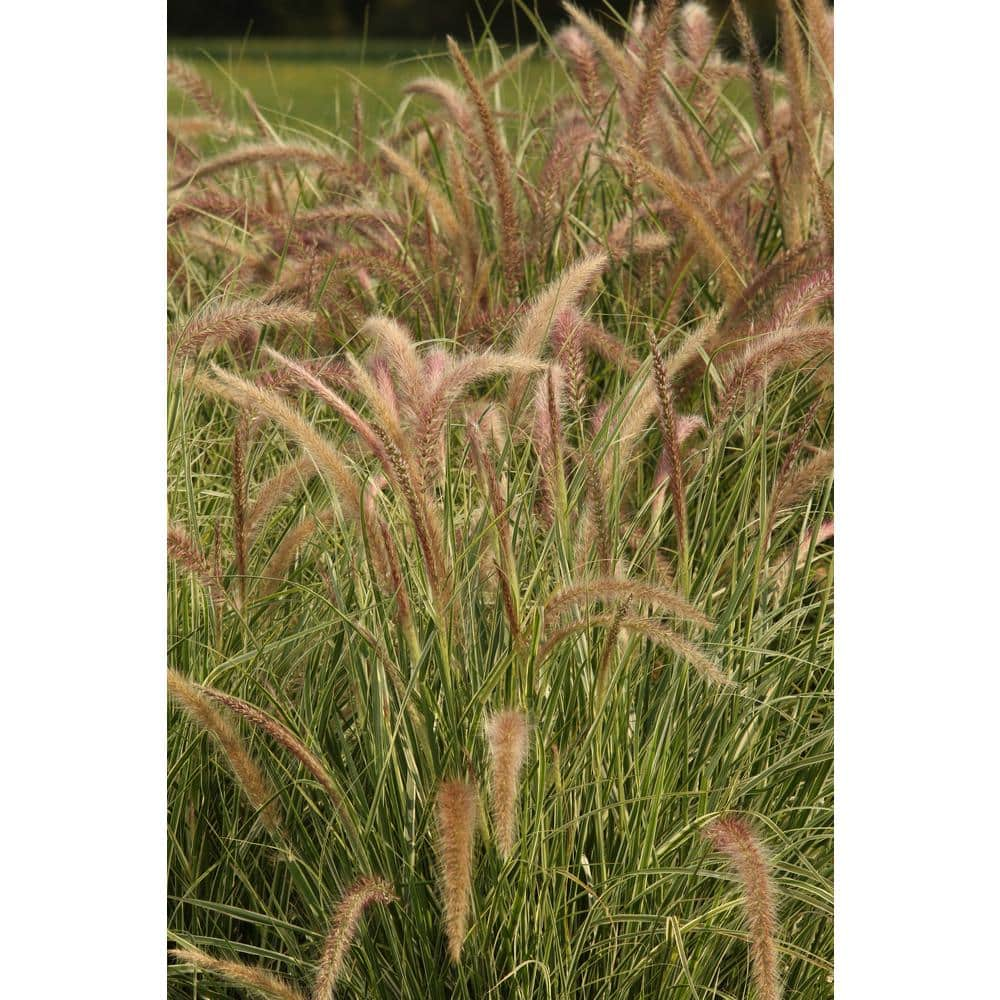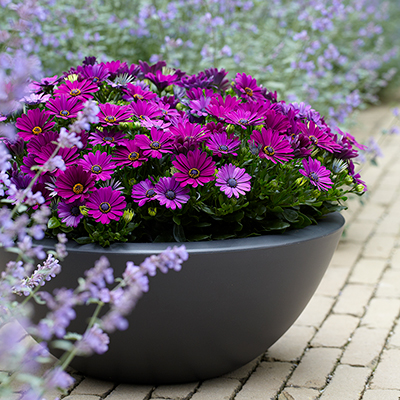Spring Outdoor Gardening 101
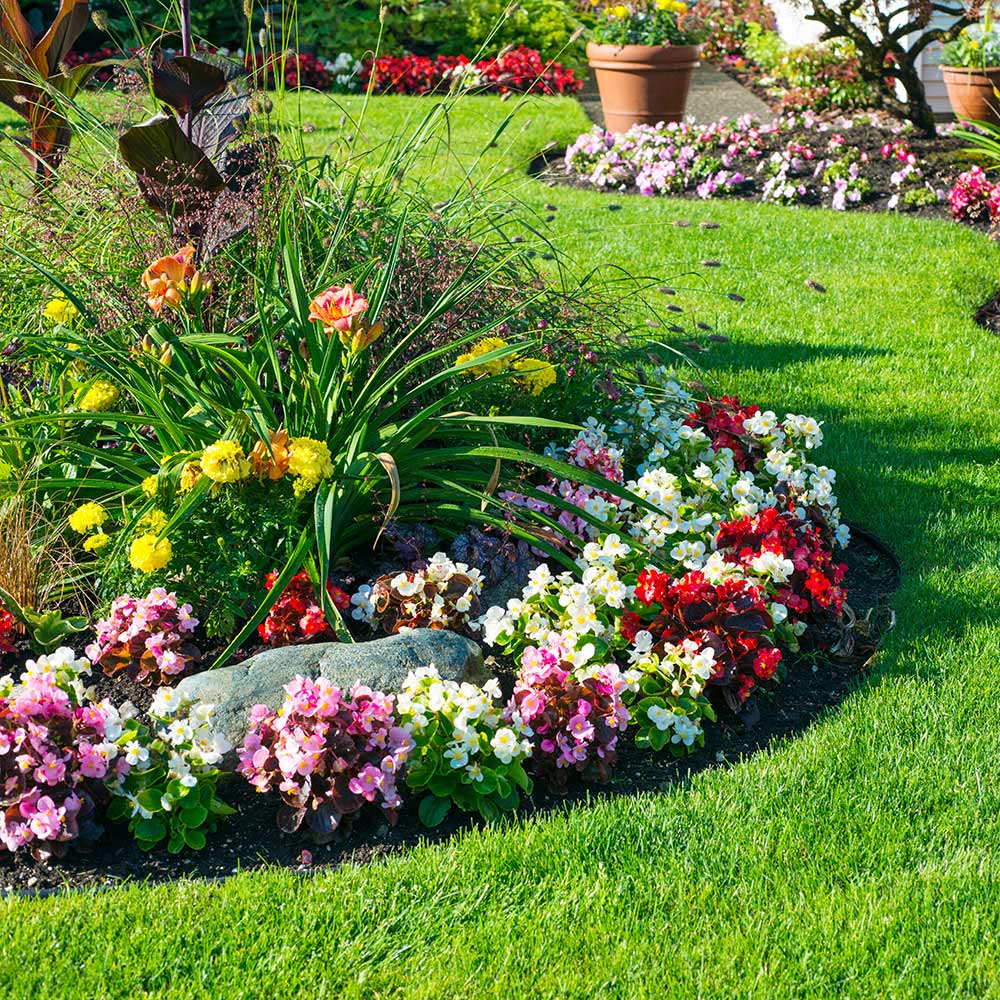
Last updated March 12, 2025
Get the garden you want this spring. Perennials, shrubs and trees are the foundation to a four-season landscape. The key is to decide what you can achieve early in the season, create a plan and follow through.
It’s possible to plan a beautiful garden without a fancy landscape plan. Begin with a simple bubble design and take the first step to a purposeful landscape.
Growing a garden is easier when you know the steps. In this guide, learn how to get started gardening in your space.
Table of Contents
Make a Plan
Set Up Tools
Build Garden Beds
Know Your Site and Soil
Right Plant, Right Place, Right Time
Time to Plant
Make a Plan

It’s easy to feel overwhelmed when planning your outdoor space. The secret is to design your outdoor space the same way you design indoor spaces. You’re creating rooms, after all, just outdoors.
Step into your outdoor space with notebook and pencil in hand and roughly sketch the area. Draw bubbles to represent the trees and shrubs and other landmarks.
While you’re outside, look at your landscape from multiple points of view. Is one side decked out, while the other is empty? Does one side contain tall trees while the other has low-growing beds? Balance is a popular starting point in garden design.
Look for the focal points in your landscape. Elements like plants, paths and grass guide the eyes to this attraction. Focal points can be water features, pergolas, patios and even trees. Your landscape may include a single focal point, or several.
Keep proportion in mind when you're creating a design. Note the size of structures and choose plants that complement these features. For example, a large tree complements a house, but would look out of place next to a small water feature.
Look at your planning notes and prioritize what you can accomplish this season. Remember that gardening is a lifelong hobby. You have time to improve your garden space over future seasons.
Consider how much time you’re able to prune, water and care for plant beds. Some landscapes and plants require more maintenance than others. Research plants and choose the best options for your lifestyle.
Set Up Tools
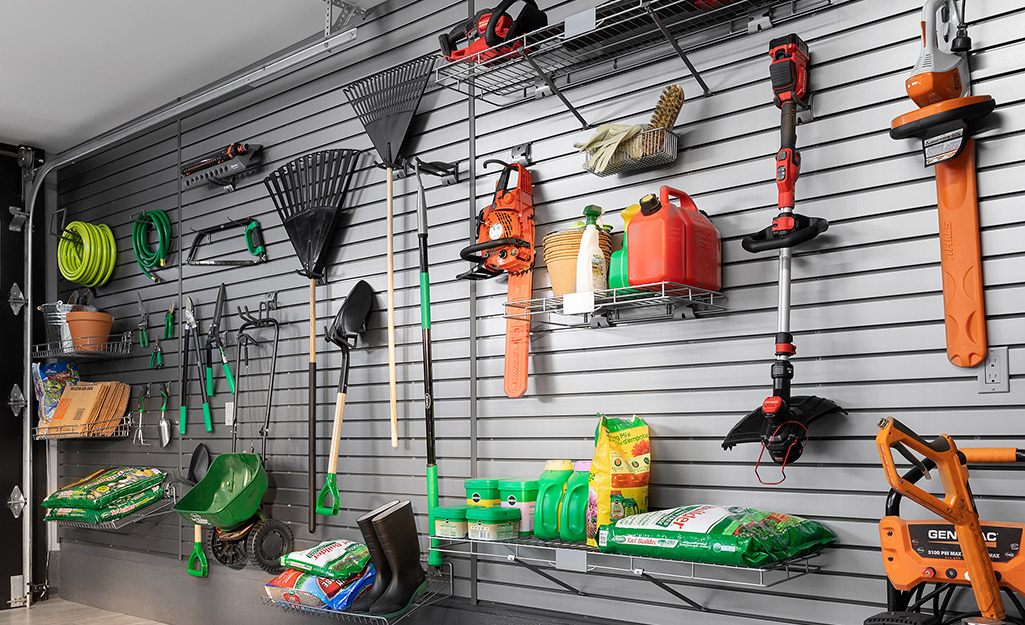
The right tools make gardening work faster and easier. Purchase good quality, long-lasting tools and set up an area to store them.
- Bypass loppers
- Bypass pruners
- Digging fork
- Garden cart
- Garden hose and watering wand
- Garden knife (also called a hori-hori knife)
- Garden trowel
- Gardening gloves
- Shovel
- Spade
- Soil scoop
Outdoor power equipment:
- Mower
- Trimmer
- Leaf blower
Look for cordless electrics that come with interchangeable batteries.
Store outdoor power equipment and tools in a garage or tool shed. Keep the tools you use most often in a tool bag. Look for a tool organizer that fits over a 5-gallon Homer bucket. Your tool bucket can follow you out to the garden. You can keep your pruners handy in a leather pruner holster on your belt.
Tip: For light gardening tasks like pruning or planting seeds, you can wear a garden apron. It will protect your clothes, and you can store pruners in the pockets.
Build Garden Beds
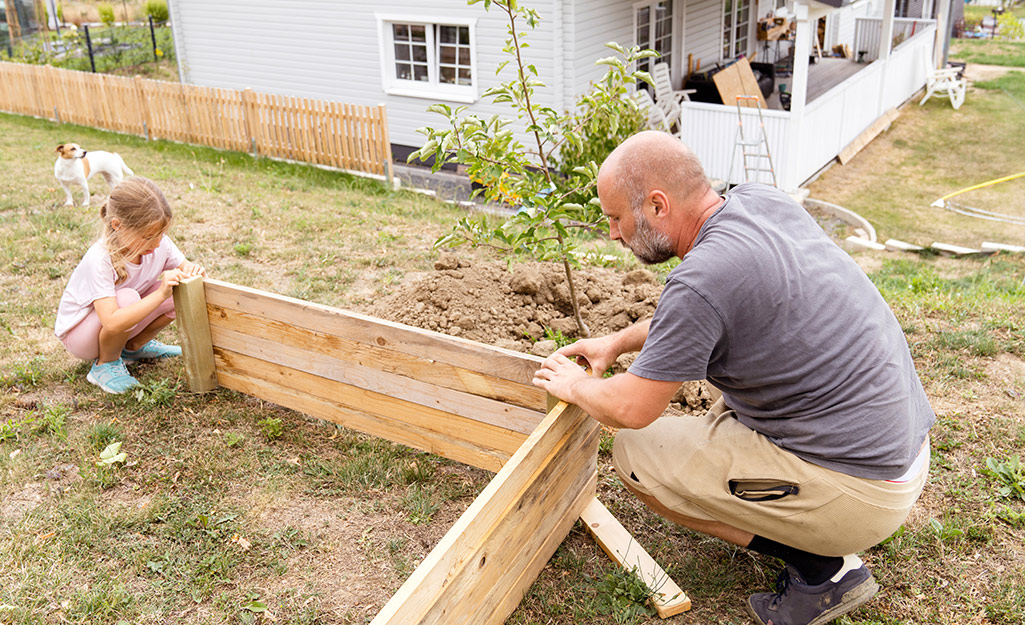
Gardens can be small like a window box or a patio container. They can also be in-ground beds or raised garden beds. Whatever the size, know the sunlight in your garden location. Spend time outside and note the light and shade throughout the day in the chosen spot.
When selecting a location for a garden bed, remember that more sun equals more blooms. A south-facing flower bed that gets six hours of sunlight is ideal for drought-resistant perennials like coneflower. If you have filtered light, choose plants like shade-loving hosta and heuchera instead.
Garden beds can be narrow or wide, from two feet up to eight feet. A wider flower border lets you layer plants in clumps like a cottage garden. Be sure to build in room to move when you need to plant or prune your plants.
You can build raised garden beds from lumber or you can purchase kits. Learn more about building raised garden beds.
Know Your Site and Soil
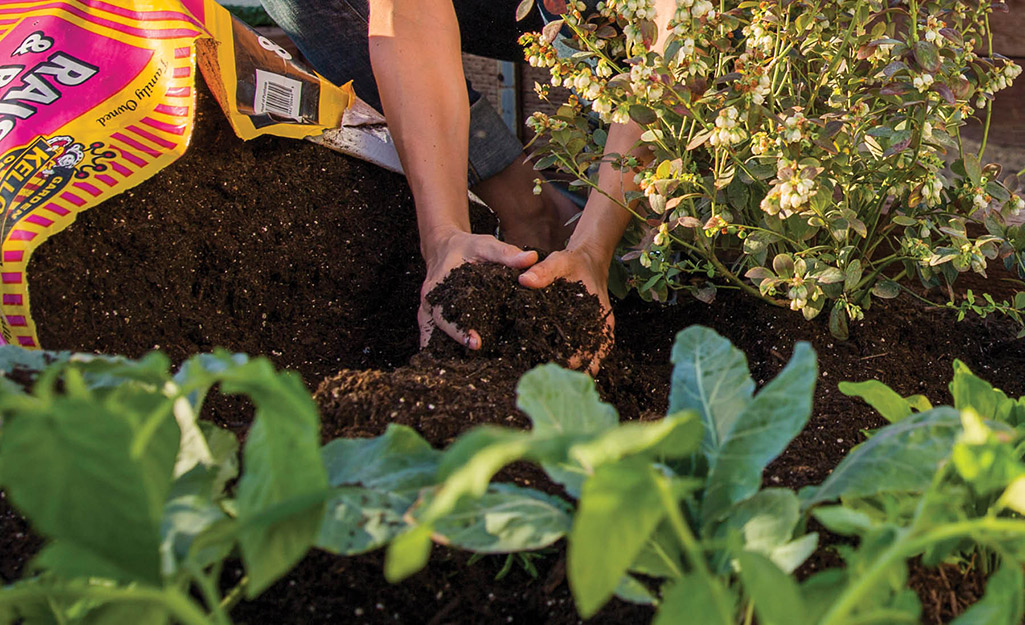
With new or existing garden beds, it's a good idea to amend and improve the soil before you plant. Experts recommend getting a soil test first to understand what your garden needs. Purchase soil test kits or contact your local Cooperative Extension Service for a low-cost soil test.
Use the results of the soil test to amend your soil. Most garden beds benefit from annual applications of organic compost. It will improve soil health and aids with drainage. Learn more about soil tests and pH in your garden.
Container gardens need well-draining, moisture-retentive potting mix for the best start. Raised garden beds need a special mix of organic material and nutrients. Buy raised garden soil or mix your own from amendments like garden soil, peat and compost.
In your garden bed, remove weeds and amend the soil. You can also put down a layer of landscape fabric to block weeds. Top the landscape fabric with six inches or more of garden soil or topsoil.
Right Plant, Right Place, Right Time
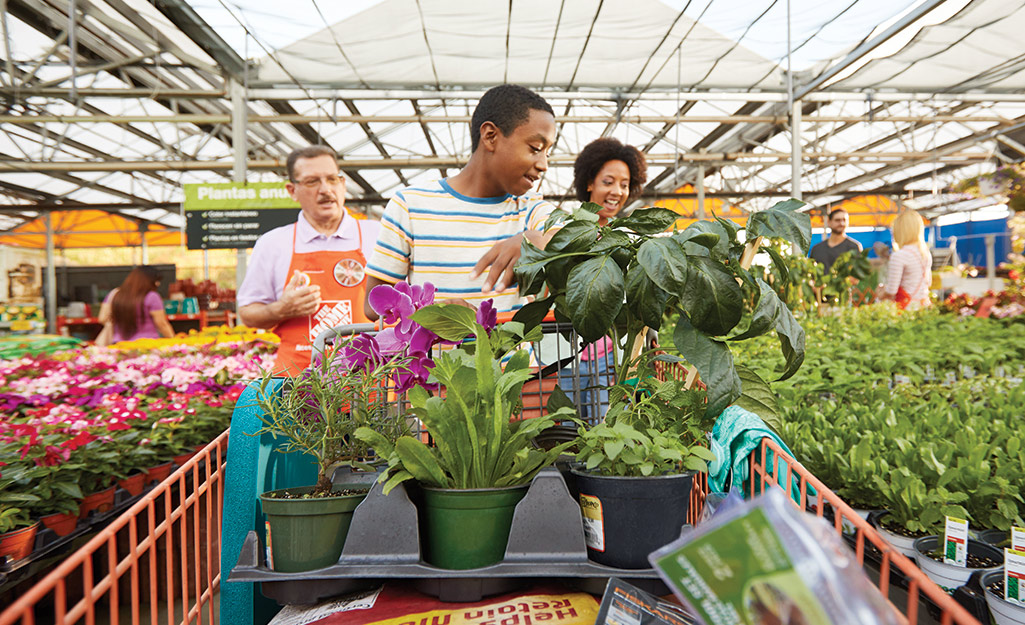
It’s a common question for beginning gardeners: How do you know when it’s time to plant? The answer is simple when you have the right information.
Begin by looking up your hardiness zone. This will tell you what plants will thrive in your zone. You also need to know the average date of last frost in spring, and later in the year, the date of first frost in fall. Check out our Frost Date Calendar.
You can plant trees and shrubs in the cool days of early spring. The average date of last frost helps you protect tender perennials and annuals.
In the Garden Center, select plants that match the growing conditions you provide. If your garden spot is sunny, read plant tags for plants that thrive in six or more hours of sunlight per day. Partial sun is four to six hours of sunlight. For woodland gardens and deep shade sites, look for plants that prefer less than two hours of sunlight per day.
Pay attention to the mature size of plants, especially shrubs. Some bushes can grow to the size of small trees.
Tip: Keep in mind that your local Garden Center stocks plants that thrive in your hardiness zone. They'll be available when it’s time to plant in your area.
Time to Plant
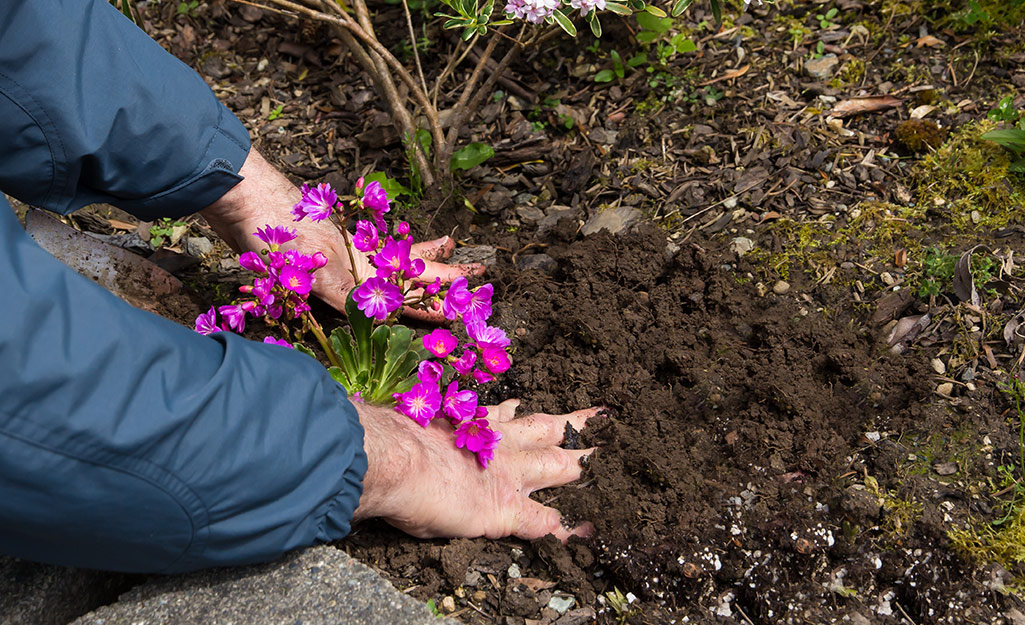
When it's time to plant, follow directions on plant tags for spacing. Use good quality garden soil as you plant, and be gentle when pulling plants out of their containers. Water new plants well and water frequently until they're established. A top dressing of mulch helps new plants retain moisture and keeps roots cool.
Your garden will grow along with your gardening skills. Start with the bones of a good garden, like shrubs and perennials. Layer in annual blooms for summer color. (Planter pots filled with annuals are an easy way to add pops of color to a new garden bed. Add bulbs in spring and fall for the next season's blooms.)
Care for Your Garden
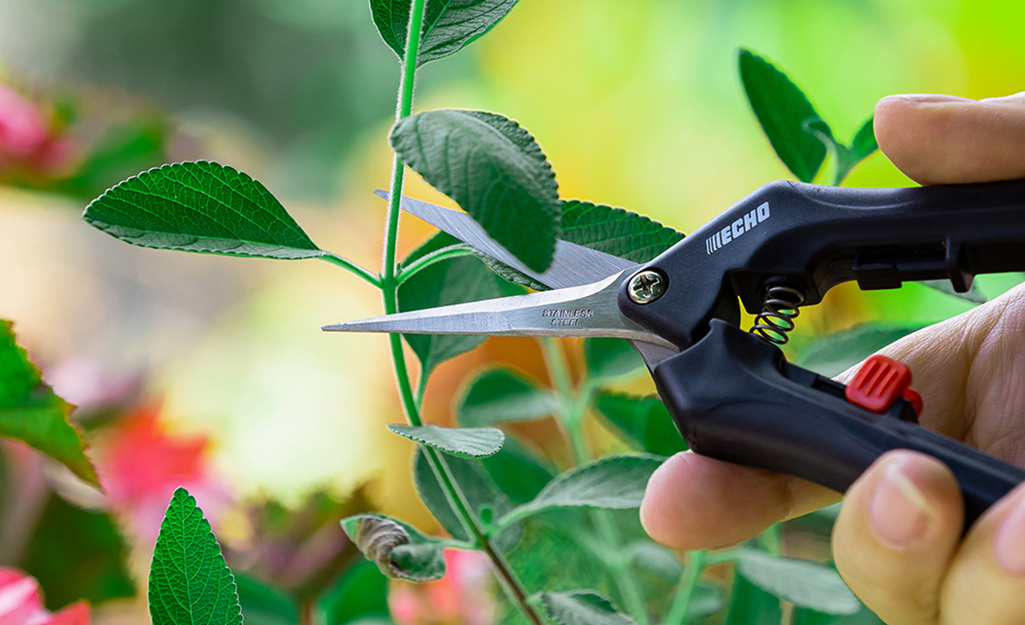
- Water. New gardens need lots of water to get established. Connect your hoses or sprinklers to hose timers and your flower garden and containers will never get thirsty. They’ll receive water they need at the times you set, even while on vacation. You can water by hand, but if the irritation of the irrigation is getting to you, look into drip irrigation systems.
- Fertilize. Keep your garden soil healthy by spreading an organic slow-release fertilizer a few times a year. You can also amend the soil with good quality organic compost throughout the growing season. Build up the soil early in the season and side dress with compost in mid-summer.
- Prune. Low-maintenance gardening means minimal pruning. Still, there are times when you need your pruners, because trimming plants helps them bloom more. Getting close to your plants is your time to scout for pests and diseases. You'll be able to treat them before they become major problems.
- Mulch keeps a garden of annual blooms tidy. Multi-purpose mulch aids your landscape and garden by controlling weeds, retaining moisture and protecting plants from pest and disease pressure.
In extreme weather, a layer of mulch will safeguard your plants from blistering summer heat and freezing winter cold. And best of all, a blanket of mulch is the perfect way to finish a garden and make it look tidy.
A fresh layer of mulch boosts your home’s curb appeal in an instant. See our mulch calculator to know how much you’ll need.
When you begin gardening outdoors, start with a plan. Focus first on what will bring you joy this year. That could be pots of annuals on your porch, or a mixed border filled with shrubs and perennials. Start with what you can achieve early in the season, and then relax and enjoy.
Save time with the Home Depot Mobile app. We deliver online orders when and where you need them.


